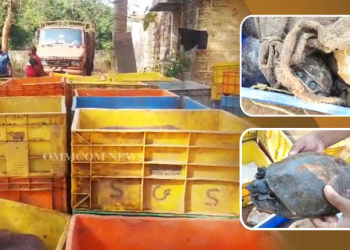Bhubaneswar: Three more sites from Odisha have made it to the list of Wetlands of International Importance as defined by the Ramsar Convention. They are among the 11 new sites, from across the country, that have been added to the list. With this India now has 75 Ramsar sites.
Hirakud Reservoir, Tampara Lake, and Ansupa Lake are among the sites selected from Odisha. The remaining sites are Yaashwant Sagar, Chitrangudi Bird Sanctuary, Suchindram Theroor Wetland Complex, Vaduvur Bird Sanctuary, Kanjirankulam Bird Sanctuary, Thane Creek, Hygam Wetland Conservation Reserve, and Shallbugh Wetland Conservation Reserve.
The Convention on Wetlands is an intergovernmental treaty that provides the framework for national action and international cooperation for the conservation and wise use of wetlands and their resources. The convention entered into force in India on 1 February 1982.
The Convention uses a broad definition of wetlands. It includes all lakes and rivers, underground aquifers, swamps and marshes, wet grasslands, peatlands, oases, estuaries, deltas and tidal flats, mangroves and other coastal areas, coral reefs, and all human-made sites such as fish ponds, rice paddies, reservoirs and salt pans.
Under the “three pillars” of the Convention, the Contracting Parties commit to:
i.) work towards the wise use of all their wetlands;
ii.) designate suitable wetlands for the list of Wetlands of International Importance (the “Ramsar List”) and ensure their effective management;
iii.) cooperate internationally on transboundary wetlands, shared wetland systems and shared species.




















